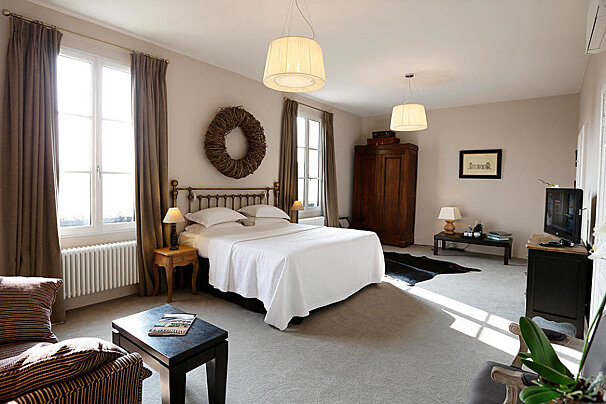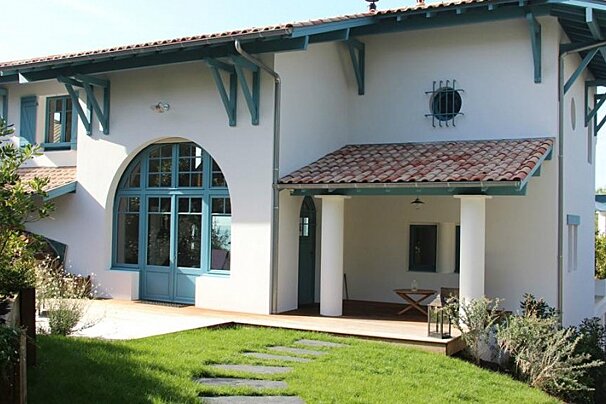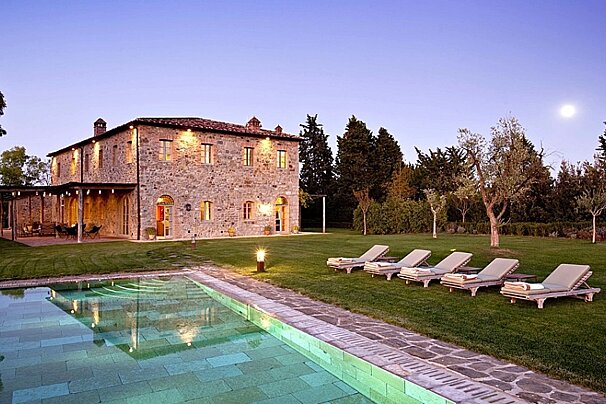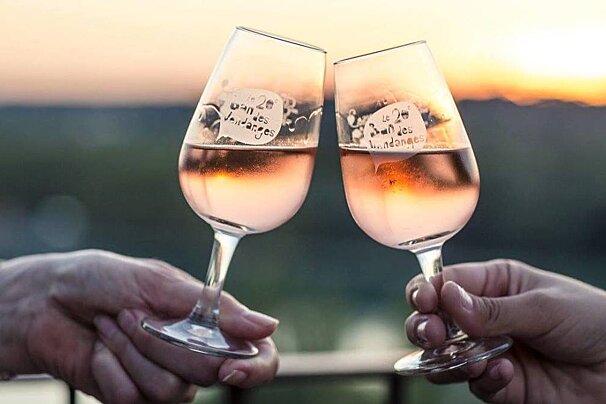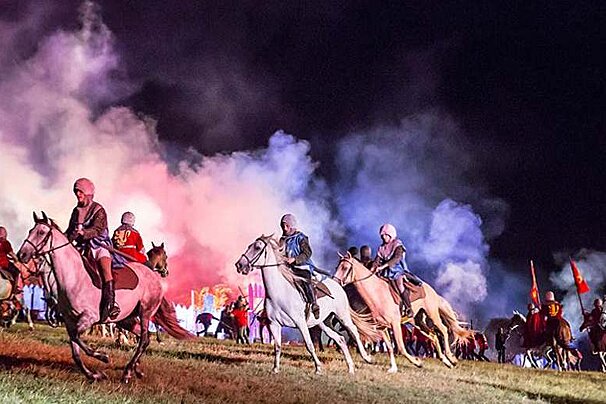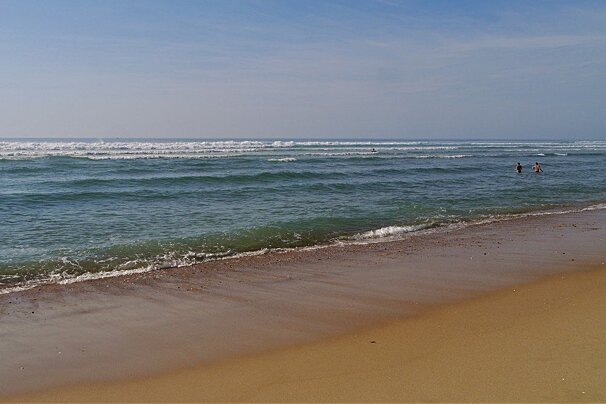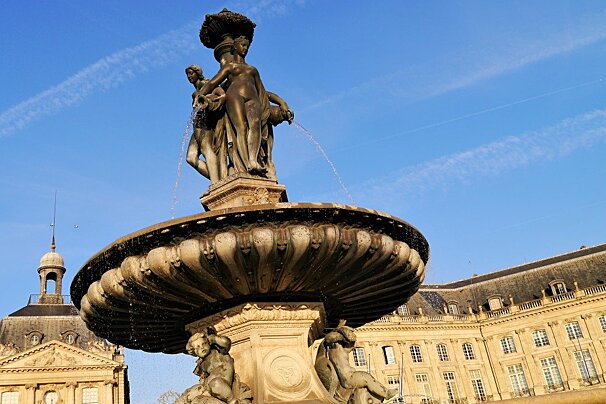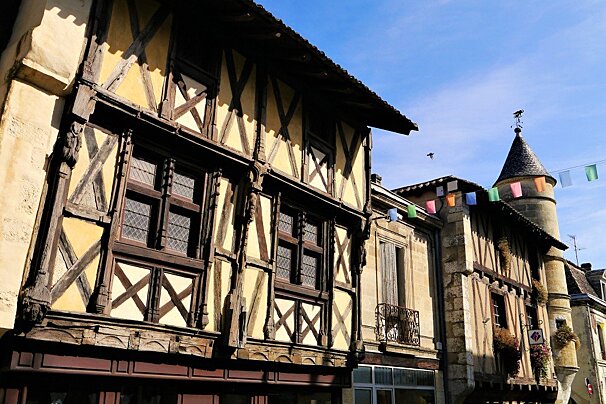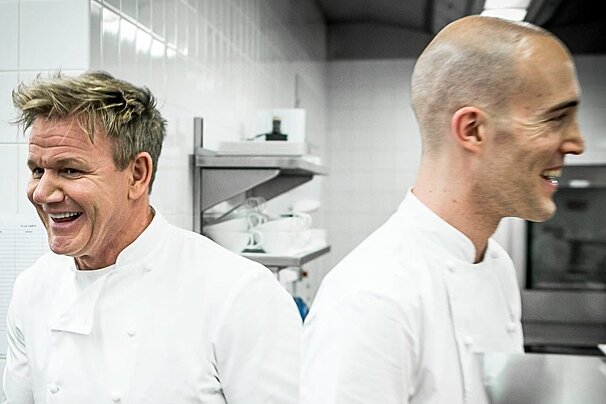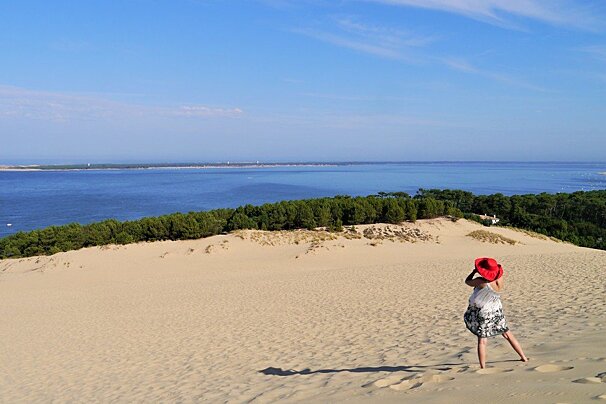
The Wines of Medoc
Home to some of world's most famous estates
Possibly Bordeaux's most famous wine-growing region, the Médoc's flat vineyards produce some of the biggest wines in the world. Some of the famous châteaux include Margaux, Palmer, Mouton-Rothschild, Lafite, Latour and Margaux.
Wine-growing here dates only dates back to the 17th century when the marshlands were drained to create grazing land. Its gravelly soil allows good drainage in this relatively damp area. The climate is temperate and pine forests on the coast shield the vineyards from the worst of the Atlantic winds. Red wines are predominant, created from Cabernet Sauvignon, Cabernet Franc and Merlot grapes. Small quantities of Camenère, Malbec and Petit Verdot grapes are also grown. Cabernet Sauvignon is the dominant grape which allows the wine to cellar amazingly well.
The Médoc appellation covers a region of over 16,500 hectares. Within this appellation is a further eight appellations which include the two sub appellations of Medoc and Haut-Medoc. The six communal appellations are Saint Estephe, Pauillac, Saint Julien, Moulis en Medoc, Listrac Medoc and Margaux.
The Haut-Médoc appellation grows 'classed growth' wines which often are entitled to feature the village name in the title. These wines are deep and rich, and age well. This is the wine that is most often referred to as Claret. They tend to be a better quality than wine labelled with just 'Medoc'.
Margaux wines tend to be smooth and silky with delicate aromas. Moulis en Medoc is a small appellation and their wines are strong in tannins with develop over time to create powerful wines with appealing aromas. Listrac-Medoc use Merlot as their primary grape so the wine produced is more lively and fruity. They are best drunk after some ageing to allow the tannins to develop. Saint Estephe lies in the north of the Medoc region and produces wine high in tannins which become rounded and more elegant as the wine ages.
Pauillac is possibly the most famous appellation of the Medoc, it has the majority of the Premier Cru's within its appellation. Home to the renowned vineyards of Lafite Rothschild, Mouton Rothschild and Latour, the vines benefit from the fine gravelly soil, rich in iron and other mineral deposits. The wine becomes better and better as it ages, with it's complex aromas complementing the full bodied, tanin-rich end result.
Saint Julien is a small appellation of 700 hectares situated between Pauillac and Margaux. It tends to produce consistently great wines that combine the depth and body of Pauillac with the smoothness of Margaux. Full bodied and rich, they can have wonderful aromas.
The quality of the wine produced in Medoc is according to Cru. The Grand Cru Classe is the top dog, indicating a wine of exceptional quality. The Cru Bourgeois is the next rank down, followed by the Cru Artisan.
Notable vineyards
Margaux
Chateau Palmer is one of the top estates in Margaux. It produces wine with a more equal balance of Cabernet Sauvignon and Merlot, producing red wine that is smoother and more rounded than classic Medoc wines. It is open to visitors by appointment only, Monday to Friday.
The other main vineyard in Margaux is Chateau Margaux. It has a fine reputation and produces wines high in Cabernet Sauvignon content. A small amount of Bordeaux white wine is also made here. Visits are limited to professionals only.
Chateau Ferriere is a tiny vineyard on a highly regarded terroir, with 80% of the vines planted being Cabernet Sauvignon. It is located in the village of Margaux itself and is open for visits Monday to Saturday, with or without an appointment.
Chateau Giscours is one of the larger estates in Margaux and produces wines with wonderful bouquets, full of rich black fruits. It is open for visits from January to October and you can choose from a guided or non-guided tour and tastings.
Pauillac
Pauillac is home to some of Bordeaux's greatest estates. Chateau Mouton Rothschild is one such estate, renowned for it's rich, Cabernet Sauvignon based red wine. The Chateau Mouton is the Premier Cru, with the Le Petit Mouton being the slighly more affordable option. Visits are by appointment only and can be made online.
Chateau Lafite Rothschild (different branch of the Rothschild family) is said to produce more refined wines than other Pauillacs. Only the best of the crop is used for the Premier Cru. The second wine is called Carruades de Lafite and can be drunk at a youngter age thanks to the higher content of the Merlot grape. Tours with tastings are available Monday to Friday by appointment only.
Chateau Latour is another one of the great vineyards. Consistently producing some of the best wine in Bordeaux regardless of the vintage, the wine is quality-controlled to within an inch of it's life. Three wines are produced - in descending order of fabulousness, Le Grand Vin, Les Forts de Latour and Le Pauillac de Chateau. Visits are for professionals only.
Chateau Lynch Bages lies to the west of the town of Pauillac and produces rich red wines with irresistible aromas of fresh black fruits. The vineyard is open every day by appointment.
Chateau Pontet-Canet produces Pauillac wine rich in black fruits and rich in colour. As you might expect the wine is full bodied with well balanced tannins. The estate is open for visits (you can be taken through the vineyard by golf buggy) by appointment only.
Chateau Pichon-Longueville Baron is a leading Pauillac estate. The Grand Vin is Chateau Longueville au Baron de Pichon Longueville, and is characterised by it's black fruit base with a hint of vanilla. The estate is open for visits throughout the year by appointment only.
St Julien
Chateau Gruaud Larose is a 2eme Ceru Classe estate, producing wine with rich black fruits and liquorice. It benefits from some ageing to allow the tannins to soften. The estate offers a number of different tours and tastings throughout the year. Best to book in advance.
Chateau Beychevelle not only has a fabulous chateau, it produces some of the most unctous wines in the region. The use of super-ripe grapes adds a richness to the wines. The cellarsa are open throughout the year and tastings are by appointment only.
St Estephe
One of the best estates in St Estephe is Chateau Cos d'Estournel. Their Grand Cru tends to be well balanced, both fruity and spicy. After some ageing the tannins become silky and intense. Visits are by appointment only.
A much smaller estate to visit is Chateau Le Crock. Their Cru Bourgeois has powerful tannins, with a slightly oaky, rich bouquet. It is open from June to September and it is best to book in advance.
Listrac
Chateau Fourcas Hosten offers tours and tastings by appointment throughout the year. They try to make wine that appeals to a wider proportion of the public, so many of their wines can be drunk at an earlier stage than other Medoc.
Chateau Mayne Lalande is open during the week (closing for lunchtime) for visits and tastings.
Moulis
Chateau Chasse Spleen is a highly regarded estate that produces Cru Bourgeois. It's higher than average content of Petit Verdot gives a deeply coloured wine, rich in black fruits. During the summer (may to September), tours are available without appointment every day.
Chateau Maucaillou has a long history going back to the 16th century. The wines have a fruity aroma with ripe berry flavours, and full bodied. The estate is open for visits at specific times throughout the year.




